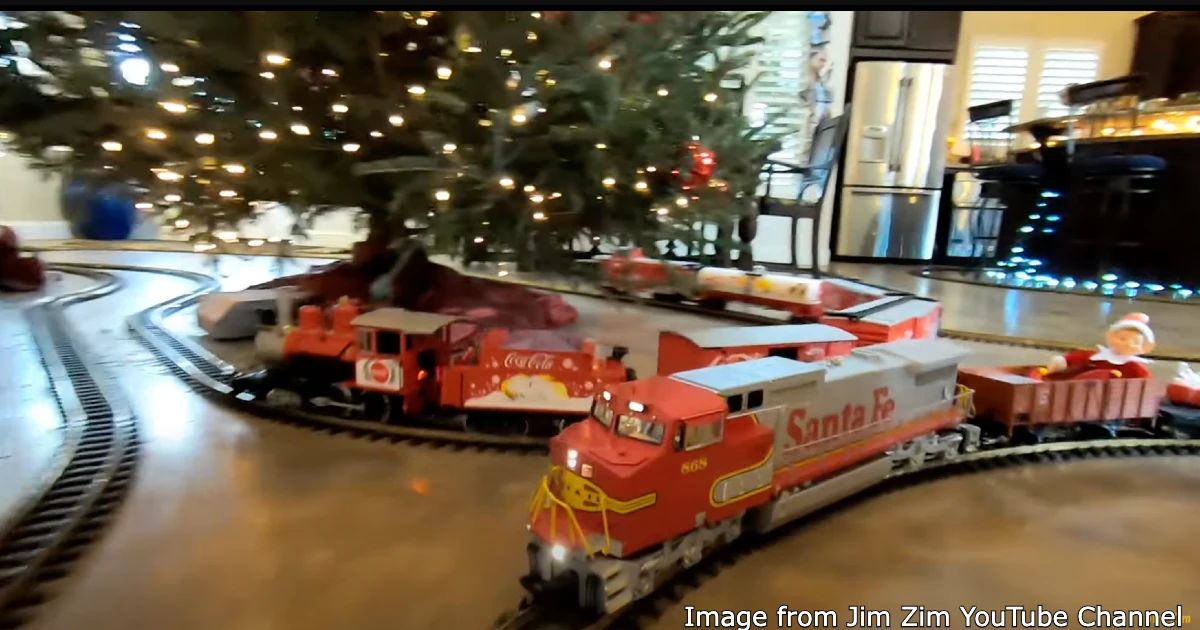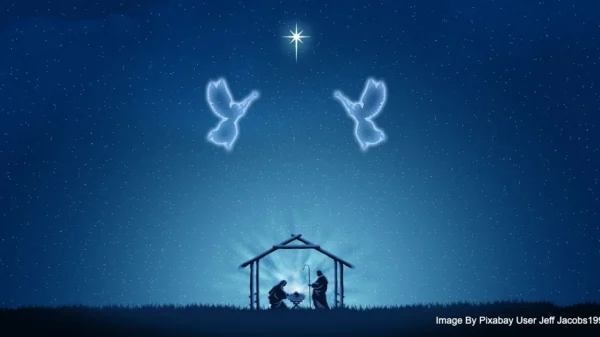The tradition of placing model trains beneath Christmas trees has become a cherished aspect of holiday decor for many families, blending the enchantment of trains with the festive spirit of Christmas. Its origins are a fascinating mix of cultural customs, historical events, and technological innovation, dating back over a century.
The Role of Trains in Christmas Traditions
In the 19th century, trains symbolized modernity, industry, and the wonder of transportation. The expansion of railroads facilitated the delivery of goods, letters, and gifts, playing a crucial role in shaping the Christmas season. For many, trains represented holiday excitement, as they transported cherished gifts, holiday supplies, and even Christmas trees themselves. In the United States, trains were particularly important for delivering freshly cut Christmas trees from forests to urban homes. This association between trains and Christmas created a strong connection in people’s minds, making trains a recurring motif during the holidays.
Early Model Trains and Their Popularity
The rise of model trains coincided with the growing celebration of Christmas as a family-centered holiday in the late 19th and early 20th centuries. In 1901, Joshua Lionel Cowen, the founder of Lionel Corporation, produced one of the first electric toy trains, the Lionel “Electric Express.” Initially designed as a shop window display to attract customers, these trains quickly became a popular toy for children and families. The affordability and availability of these early model trains played a significant role in their integration into holiday celebrations. By the 1920s and 1930s, Lionel trains and other brands were among the most sought-after Christmas gifts. As families gathered around their Christmas trees on Christmas morning, setting up the train under the tree became a delightful activity.
The Connection Between Christmas Trees and Trains
The practice of placing trains under the Christmas tree is believed to have evolved as a practical and aesthetic choice. In the early 20th century, Christmas trees were often placed on sturdy wooden platforms to make them more stable and to display presents beneath them. Model trains, being popular gifts, were frequently set up on these platforms as part of the holiday display. This arrangement added a dynamic and magical element to the Christmas tree setup. The movement of a train circling the tree mirrored the excitement and wonder of the season, creating a visual focal point that captivated both children and adults. Over time, trains became as integral to the Christmas tree as ornaments and lights.
Influence of Popular Culture
Popular culture has also reinforced the connection between trains and Christmas. The classic holiday film The Polar Express (based on the 1985 children’s book by Chris Van Allsburg) captures the enchanting link between trains and the holiday spirit. Even prior to this story, trains frequently appeared in Christmas imagery, songs, and advertisements, further embedding them in the collective holiday consciousness.
Post-War Boom and the Golden Age of Model Trains
Following World War II, the United States experienced an economic boom, and toy trains became even more popular. Lionel trains, in particular, saw a significant surge in sales during the holiday season, as families invested in elaborate model train sets. Many of these sets were specifically designed with Christmas in mind, featuring winter scenes, holiday-themed cars, and tracks that could encircle the family tree. During this era, trains evolved from being just toys to becoming cherished family traditions. Fathers often passed down their childhood train sets to their sons, and families would spend hours assembling intricate layouts. The tradition of placing model trains beneath the tree became a multi-generational bonding activity, symbolizing continuity and togetherness.
A Nostalgic Tradition
Today, while model trains may no longer top children’s wish lists, the tradition of setting up a train under the Christmas tree endures. For many, it serves as a nostalgic reminder of simpler times, when the sound of a train’s wheels and the twinkle of Christmas lights created unforgettable holiday memories. Modern model trains often incorporate advanced technology, from sound effects to digital controls, but their timeless charm remains unchanged.
In summary, the tradition of placing model trains beneath Christmas trees stems from a combination of historical significance, cultural symbolism, and family traditions. Whether as symbols of the industrial age, beloved childhood toys, or cherished holiday decorations, model trains under the tree continue to evoke the magic and wonder of Christmas.




















